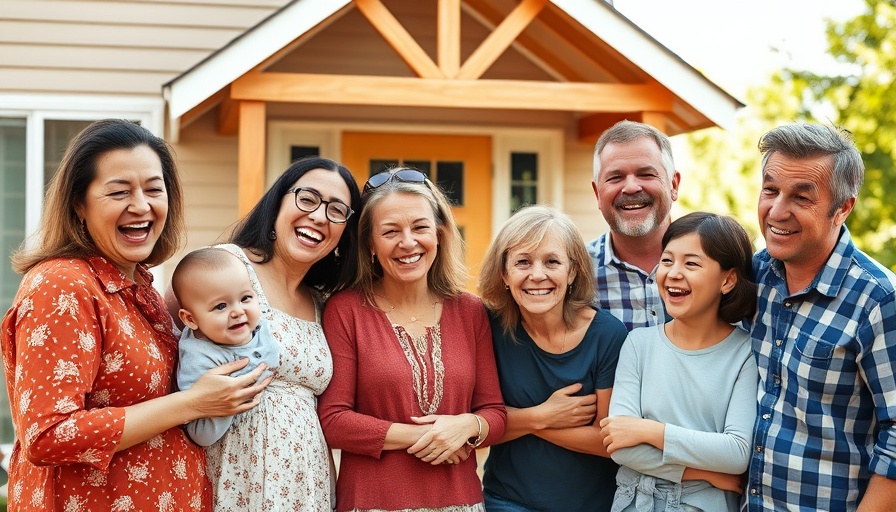
Winter Woes: Understanding The Challenges Seniors Face
As winter casts its chilly spell, it brings with it more than just sweater weather. For many seniors, the cold months precipitate a series of challenges that can hinder both physical and mental well-being. Limited mobility due to the hazards of snow and ice, feelings of social isolation from reduced family visits, and the gloom of Seasonal Affective Disorder (SAD) can compound any existing difficulties. Senior living communities play a crucial role in combating these winter woes, ensuring that every resident can thrive even amidst the cold.
Why Staying Active Matters
Maintaining an active lifestyle is especially crucial for older adults during this time of year. Inactivity can lead to serious health implications, including mobility decline, increased risk of chronic diseases, and diminished mental health. Engaging in regular physical activity can help manage conditions like arthritis and diabetes, boost cognitive function, and enhance mood by releasing much-needed endorphins.
Creative Solutions for Winter Engagement
Recognizing the challenges that winter presents, senior living communities such as New Perspective have developed innovative programming to keep residents engaged. The aim is to foster a dynamic environment where residents feel excited about participating, regardless of the weather outside.
Indoor Fitness Programs: Keeping Spirits High
One major feature of these communities is their tailored fitness programs that cater directly to the residents’ needs and capabilities. Activities like chair exercises offer a way for those with limited mobility to stay active without strain. By leveraging low-impact workouts such as seated aerobics and gentle yoga routines, residents can stay fit while avoiding the risk of injury associated with traditional workouts.
Aqua Aerobics: Making Waves in Winter
For those able to access it, indoor heated pools become a sanctuary of activity. With classes like aqua aerobics, residents partake in gentle exercises that build strength and endurance while having fun in a supportive environment. The buoyancy of the water alleviates pressure on joints, making aquatic workouts a perfect fit for seniors.
The Social Connection: Building Bonds During Winter
It’s not just about movement; it’s also about connection. As social isolation can be a significant problem during winter, engaging in various group activities fosters friendships among residents. These gatherings not only provide opportunities for camaraderie but also ensure that emotional support flows within the community. Taking part in arts and crafts, game nights, and movie screenings becomes invaluable for nurturing a sense of belonging.
Real Stories from Senior Living Communities
At New Perspective, winter programming isn’t just about keeping warm; it’s about creating memorable experiences. Take, for example, the story of Margaret, an 82-year-old resident who derived joy from organizing weekly craft sessions. Her enthusiasm inspired others, bridging gaps between different generations and forming lasting friendships.
The Importance of Preventative Care
Understanding the significance of remaining active goes beyond mere physical health. It’s about empowering seniors to take charge of their wellness amidst environmental constraints. Engaging in preventive care, whether through exercise, participating in social activities, or accessing mental health resources, is vital.
Your Choice Matters: Finding The Right Community
When selecting a senior living community for your loved ones, consider the available winter programming and engagement initiatives. Look for places that prioritize both physical activity and social interaction. A warm, active community can make all the difference, turning loneliness into a vibrant social life.
Conclusion: Embracing Life in the Cold
The winter months do not have to be a time of retreat for seniors. With the right support, active living communities not only keep residents engaged but also foster a sense of purpose and belonging. Be proactive about your loved one’s winter wellness by exploring communities that value engagement and provide the activities that matter.
 Add Row
Add Row  Add
Add 




 Add Row
Add Row  Add
Add 

Write A Comment